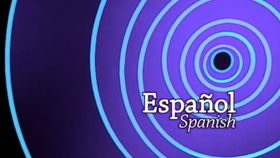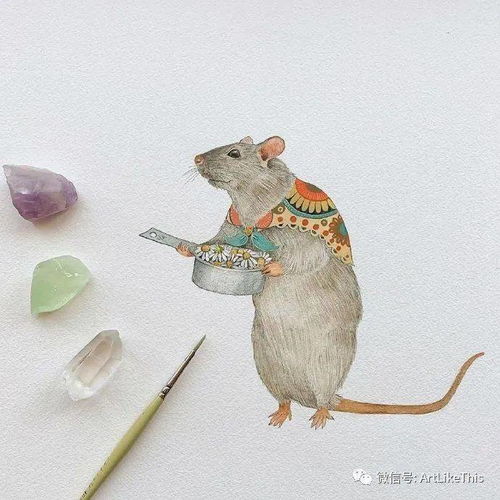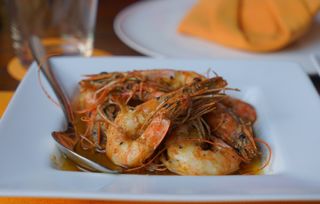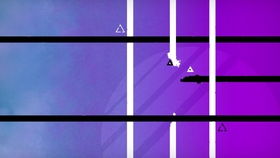Introduction:
Crab hook fishing is a popular and rewarding method for catching a variety of crustaceans, from the humble shore crab to the more exotic blue crab. This technique requires a combination of patience, skill, and a good understanding of the water and the crabs you're targeting. In this comprehensive guide, we'll walk you through how to learn the crab hook fishing technique, complete with detailed illustrations to help you visualize each step. Whether you're a seasoned angler looking to expand your skills or a beginner eager to start your crab fishing journey, this article will provide you with the knowledge and tools you need.
Section 1: Understanding Crab Hook Fishing
What is Crab Hook Fishing?
Crab hook fishing involves using a specialized crab hook, often with a bait attached, to catch crabs. The hook is typically attached to a fishing line, which is then anchored to the bottom of the body of water. The crab is attracted to the bait and, upon attempting to eat it, becomes ensnared by the hook.
Why Crab Hook Fishing?
Crab hook fishing is a sustainable and effective way to catch crabs. It's also a great way to enjoy a day out on the water, whether you're alone or with friends and family. The best part? You can enjoy fresh, delicious crabs as a result of your hard work!
Section 2: Equipment Needed for Crab Hook Fishing
Crab Hooks:
The most important piece of equipment for crab hook fishing is the crab hook itself. These hooks are designed specifically for crab fishing and come in various sizes and shapes. Choose a hook that is appropriate for the size of the crabs you're targeting.
Fishing Line:
A strong and durable fishing line is essential for crab hook fishing. The line should be able to withstand the pull of a crab and any other potential obstacles. Monofilament line is a popular choice due to its strength and flexibility.
Leader Line:
A leader line is a shorter section of line attached to the main fishing line. It helps to protect the main line from abrasion and provides a longer distance between the hook and the bait, which can be beneficial for catching crabs.
Bait:
The type of bait you use will depend on the species of crab you're targeting. Common baits include fish heads, shrimp, and chicken liver. Ensure that the bait is fresh and appealing to the crabs in your area.
Anchor and Weight:
An anchor and weight are used to keep the fishing line in place. This is especially important in windy conditions or when fishing in deeper waters.
Pliers and Scissors:
Having a pair of pliers and scissors on hand will make it easier to remove the hook from the crab if necessary.
Section 3: Step-by-Step Guide to Crab Hook Fishing
Choose the Right Location:
Start by choosing a suitable location for crab hook fishing. Look for areas with a lot of vegetation, rocks, or other structures where crabs are likely to be found.
Set Up Your Equipment:
Attach the crab hook to the fishing line, then tie the leader line to the main line. Add a weight to the end of the line to keep it on the bottom of the water.
Attach the Bait:
Thread the bait onto the hook, ensuring it's secure and won't easily come off.
Cast Your Line:
Cast your line out into the water, allowing it to sink to the bottom. If you're fishing in deeper waters, you may need to add more weight to the line.
Wait Patently:
Crab hook fishing requires patience. Wait for the crabs to be attracted to the bait and attempt to eat it. This can take anywhere from a few minutes to several hours.
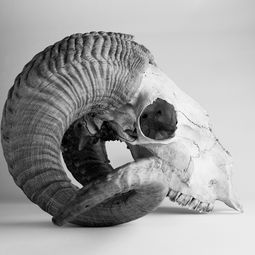
Reel in the Catch:
Once you feel a pull on the line, reel in slowly and carefully. Be prepared for a fight, as crabs can be quite strong.
Remove the Hook:
If you need to remove the hook from the crab, do so gently using pliers or scissors. Be cautious to avoid injury to yourself or the crab.
Section 4: Illustrations and Tips
Illustration 1: Attaching the Crab Hook to the Fishing Line
[Insert illustration showing the process of attaching the crab hook to the fishing line]
Tip: Use a sturdy knot, such as the Palomar knot, to ensure the hook stays securely attached to the line.
Illustration 2: Adding the Leader Line and Weight
[Insert illustration showing the process of adding the leader line and weight]
Tip: The leader line should be about 2 to 3 feet long to provide a good distance between the hook and the bait.
Illustration 3: Attaching the Bait to the Hook
[Insert illustration showing the process of attaching the bait to the hook]
Tip: Ensure the bait is securely attached to the hook so it doesn't come off when a crab attempts to eat it.
Illustration 4: Casting the Line
[Insert illustration showing the process of casting the line]
Tip: Cast the line out with a gentle, sweeping motion to avoid spooking the crabs.
Conclusion:
Learning how to crab hook fish is a valuable skill that can lead to hours of enjoyment and delicious meals. By following this step-by-step guide and using the provided illustrations, you'll be well on your way to mastering the art of crab hook fishing. Remember to always practice sustainable fishing techniques and respect the environment and local regulations. Happy crabbing!



